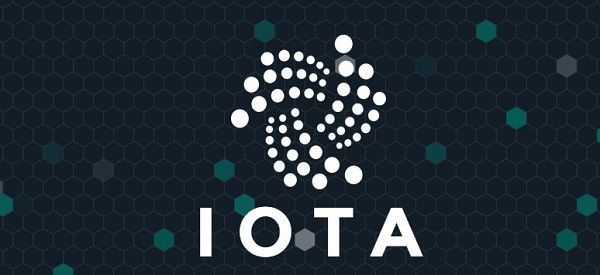IOTA – A distributed ledger technology that takes a different approach than traditional blockchains. No miners, no chain, and no blocks – this is to make IOTA efficient.
IOTA uses the Tangle approach as Distributed Ledger. This is not a traditional blockchain in which individual blocks are joined together. Instead, the network is made up of many nodes that are connected to each other.
No miners exist to create an active user system. Each participant wishing to complete a transaction must first confirm two other transactions. This also eliminates the transaction fees – instead of paying them, you have to participate in the network itself.
In this case, unlike Bitcoin, it is not the miners but the nodes that confirm the transactions.
What is IOTA used for?
IOTA is intended to create a payment network for intelligent, networked machines. Since many work steps arise, results in a large number of micropayments. IOTA, therefore, wants to offer a solution mainly because of the scalability and the non-existent transaction fees. The network or its capacity grows simultaneously with the users, as they have to confirm for the execution of their own first other transactions.
Nonetheless, there is a criticism of the decentrality of IOTA: Eric Wall argues that the network is not really decentralized. The individual connections of the nodes flow through the coordinator node, which in turn is held by the Foundation of the project.
The differences between IOTA and a blockchain
IOTA already differs from the blockchain because of the network structure (tangles instead of blocks). In summary, this means:
- IOTA is based on directed, acyclic graphs, not on a chain of blocks
- There are no miners, no blocks and no difficulty
- There are no transaction fees
- IOTA is scalable
- IOTA focuses on IoT applications
- It is developed by the IOTA Foundation from Germany

